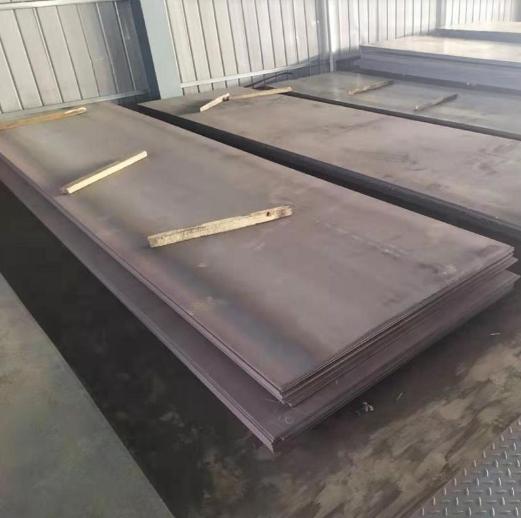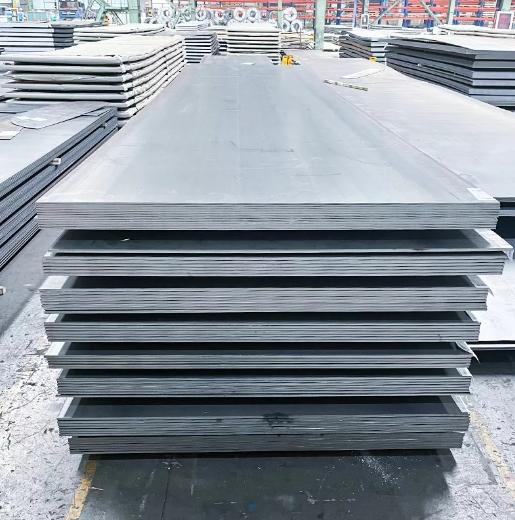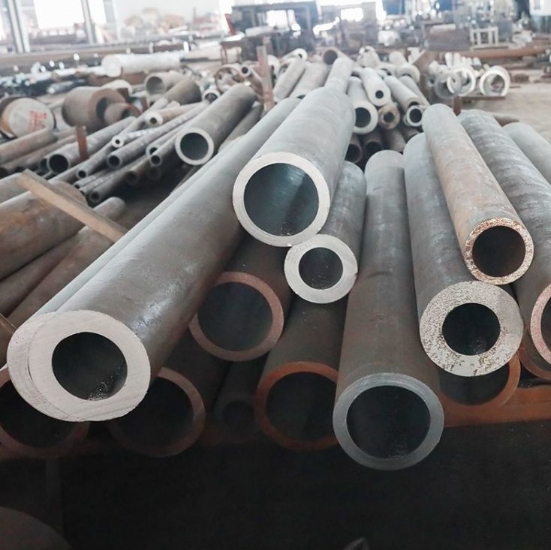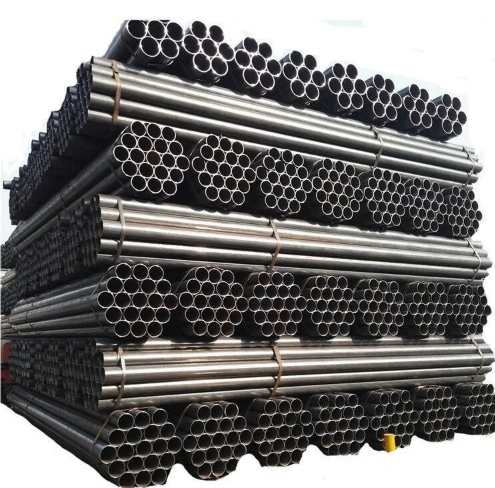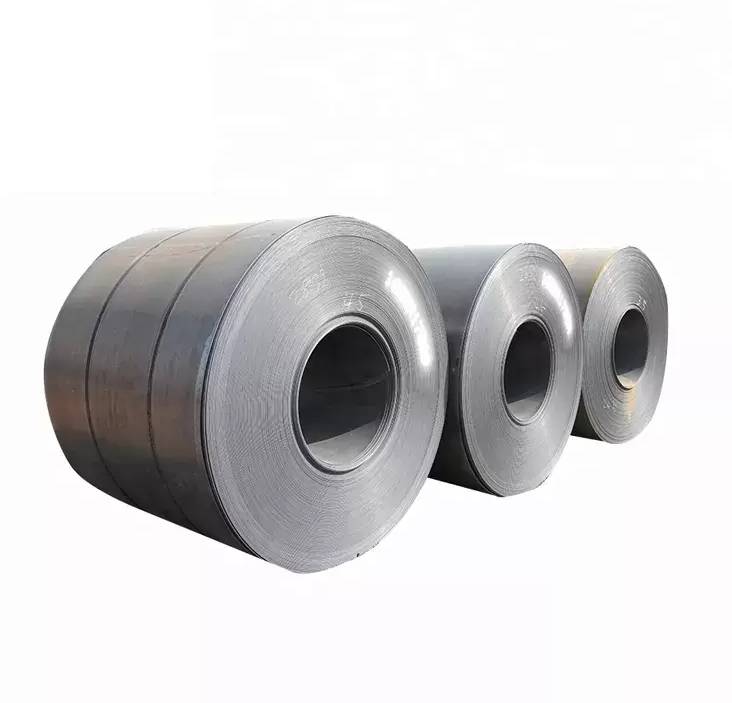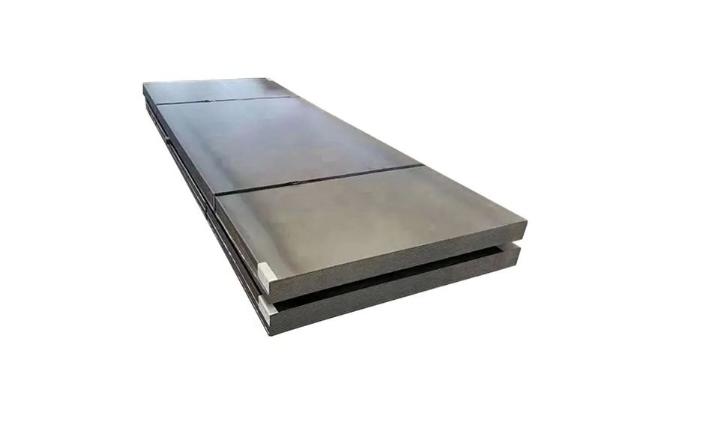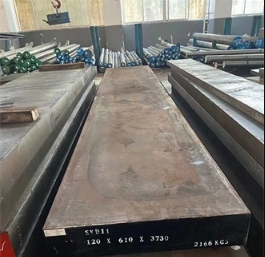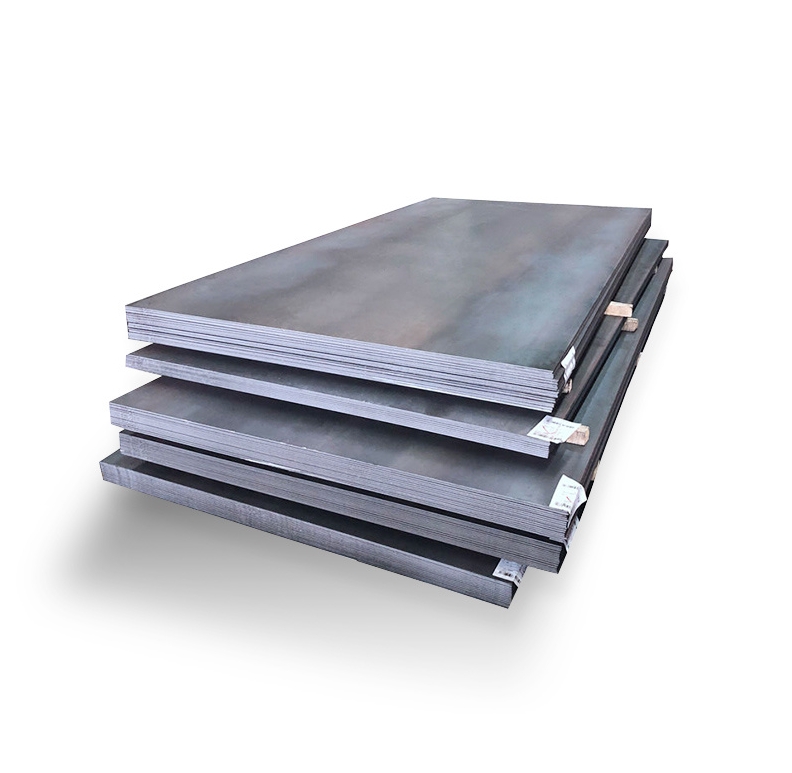Why 1/2″ Carbon Steel Plates Crack Under Pressure
Let’s be real: 1/2″ carbon steel plates aren’t just thick metal sheets—they’re the backbone of industrial flooring and shipbuilding. But cut corners here, and you’ll face catastrophic failures. I once saw a mining conveyor collapse because a supplier substituted A36 steel with cheaper A572—costing $1.2M in repairs.
Key Stat: 22% of 1/2″ plate failures stem from improper carbon content (0.29% max for A36 vs. 0.25% in fakes) (ASTM International, 2024).
Certified vs. Scam Suppliers: 5 Critical Differences
| Factor | Certified Suppliers | Uncertified Suppliers |
|---|---|---|
| Material Testing | ASTM A6/A20 batch reports | “Estimated” chemical composition |
| Surface Flatness | ≤1/8″ deviation over 10′ length | Visible warping (>3/16″ gaps) |
| Edge Preparation | Plasma-cut, burr-free edges | Torch-cut with slag inclusions |
| Lead Time | 6–12 weeks with MTRs | “Ready stock” (no traceability) |
⚠ Warning: Avoid suppliers skipping Charpy impact tests—37% of subpar 1/2″ plates fracture below -20°F (ASM Handbook).
6-Step Protocol to Source Reliable 1/2″ Carbon Steel Plates
- Demand Mill Certificates: Verify ASTM specs (A36/A572) via third-party XRF scans.
- Test Hardness: Use Brinell HB 150–200 for structural applications.
- Check Flatness: Lay plates on factory floors—gap tolerance ≤1/8″ over 10′.
- Audit Cutting Methods: Laser/plasma-cut edges only (no oxy-fuel torch marks).
- Simulate Welding: Test SMAW/MIG joints for ≥70 ksi tensile strength.
- Confirm Coating: Hot-rolled plates need mill scale intact for corrosion resistance.
Real Story: A Vietnamese supplier once shipped plates stamped “ASTM A36″—but carbon content tested at 0.32%. Their response? “Our engineer rounded down.”
Top 3 Deadly Mistakes When Buying Steel Plates
Mistake 1: Prioritizing thickness over chemistry.
Fix: A 0.5% carbon excess reduces weldability by 40% (Lincoln Electric, 2023).
Mistake 2: Assuming “hot-rolled” means ready-to-use.
Reality: Mill scale must stay intact—grinding exposes bare metal to rust.
Mistake 3: Ignoring regional climate factors.
Solution: Coastal projects need AR400 abrasion-resistant coatings.
Case Study: How SpaceX Secured Launchpad Decking
When sourcing 1/2″ carbon steel plates for Starbase launch platforms, SpaceX:
- Tested 11 suppliers’ plates under 2,500°F rocket exhaust simulations
- Conducted ultrasonic thickness mapping (±0.003″ tolerance)
- Mandated real-time rolling mill temperature logs
Result: Zero plate deformations across 50+ Starship launches.
Cutting-Edge Tech in Steel Plate Production
- AI-Powered Rolling Mills: SSAB achieves ±0.005″ thickness consistency.
- Laser Rust Removal: ArcelorMittal’s system boosts coating adhesion by 63%.
- Recycled Steel: Nucor’s 97% recycled plates cut CO₂ by 75%.
Industry Insight: Suppliers without IoT-enabled quality tracking will lose defense contracts by 2026 (Grand View Research, 2025).
Checklist: 1/2″ Carbon Steel Plate Quality Audit
Before signing contracts:
✅ Validate ASTM A6/A20 certifications (batch-specific)
✅ Confirm Brinell hardness (150–200 HB) via on-site tests
✅ Inspect edge quality (slag-free, plasma-cut edges)
✅ Check plate flatness with 10′ straightedge
✅ Verify mill scale integrity (no grinding marks)
Final Wisdom: Choosing 1/2″ carbon steel plates isn’t about bulk buying—it’s about metallurgical precision. Prioritize suppliers debating rolling temperatures and carbon ratios, not those pushing “discount” deals. Remember: Your plate supplier’s quality controls today determine your project’s safety tomorrow. Now go build something that outlasts the test of time!


